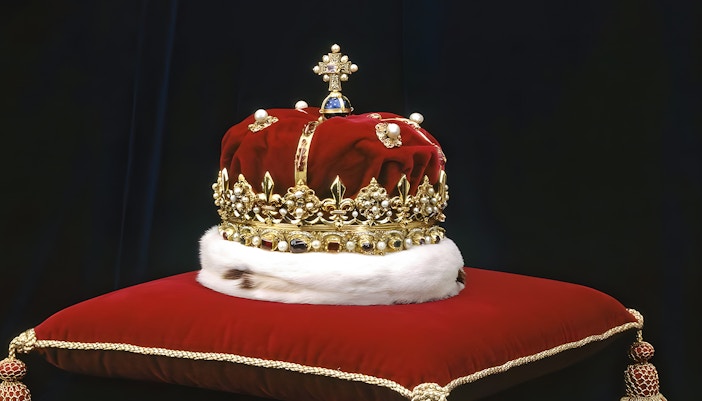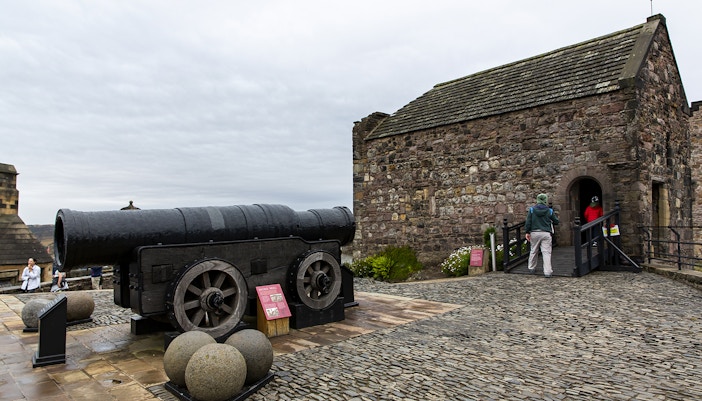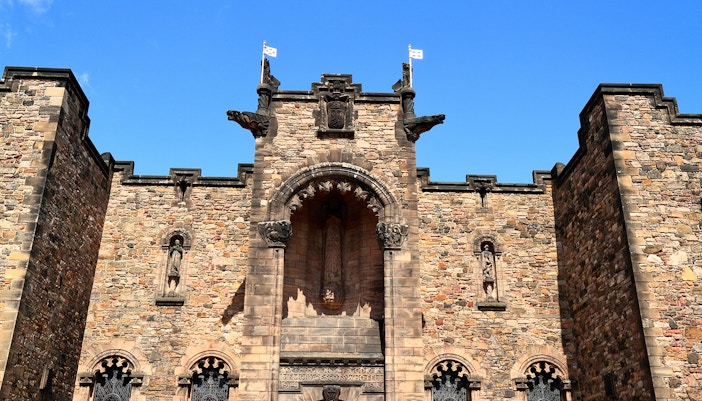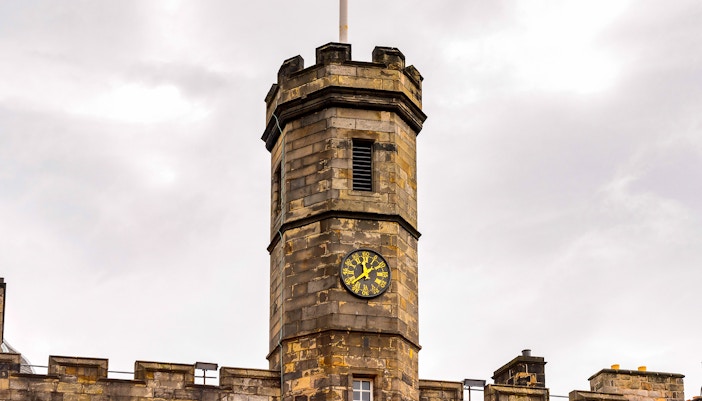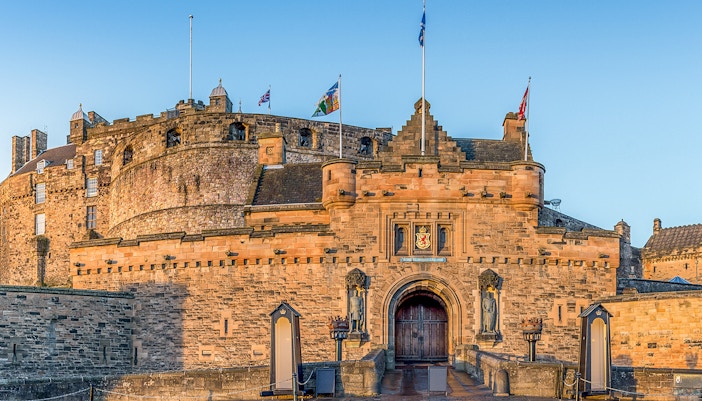Around 100 CE, Edinburgh Castle's foundations were laid atop Castle Rock, a strategic perch that would define Scotland's history. With its commanding views, this hilltop fort was a guardian of the realm. Its elevated position provided clear advantages in surveillance and defense, transforming it into an essential defensive bastion.
Edinburgh Castle history explained
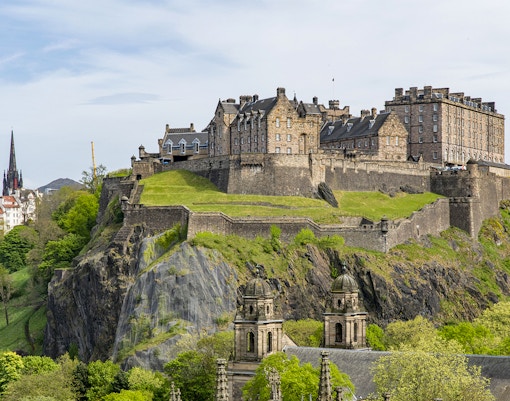
Early origins
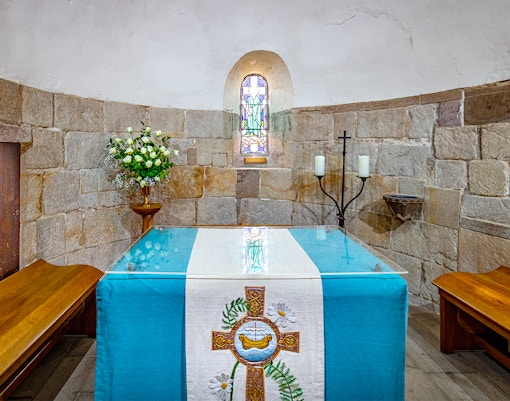
Saint Margaret's legacy
During the 11th century, Edinburgh Castle witnessed a profound historical moment as Queen Margaret, also known as Saint Margaret of Scotland, drew her final breath within its storied walls. Around 1130 CE, St Margaret's Chapel was erected within the castle's precincts as a tribute to her memory.
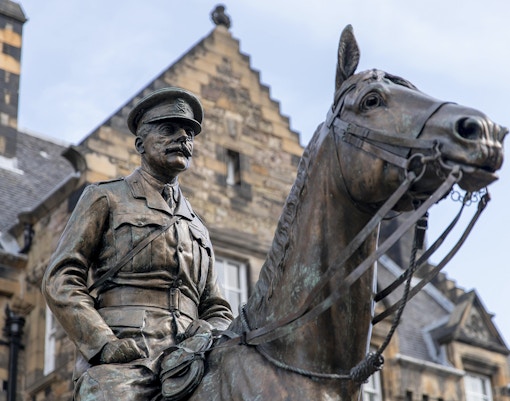
Medieval turbulence
In 1296 CE, amid the throes of the First War of Scottish Independence, the castle fell under English control, a momentous shift in its fortunes. However, the pendulum swung back as the Scots recaptured their prized stronghold, only to witness its calculated demolition by the indomitable Robert the Bruce in 1314 CE.
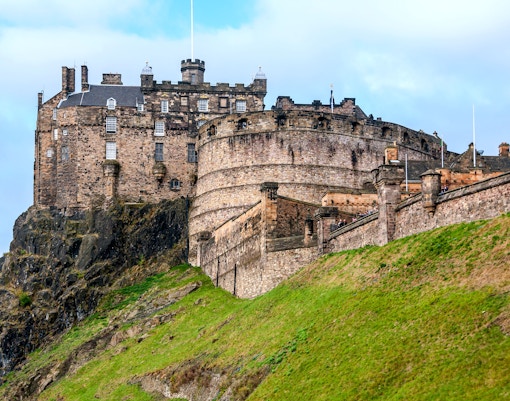
Reconstruction and refortification
At the heart of this resurgence stood the awe-inspiring David's Tower. This tower, a testament to the enduring resilience of Edinburgh Castle, was a masterstroke of design and engineering. Constructed with meticulous precision, its towering presence signaled a commitment to fortifying the castle.
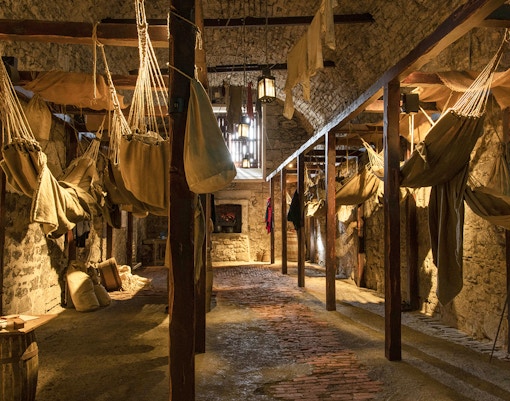
The 'Black Dinner'
In the annals of Edinburgh Castle's history, 1440 CE marked a chilling chapter with the infamous 'Black Dinner.' This harrowing event unfolded within the fortress' stout walls as young Douglas earls were invited to dine with James II of Scotland, only to meet a tragic and gruesome fate at the hands of their host.
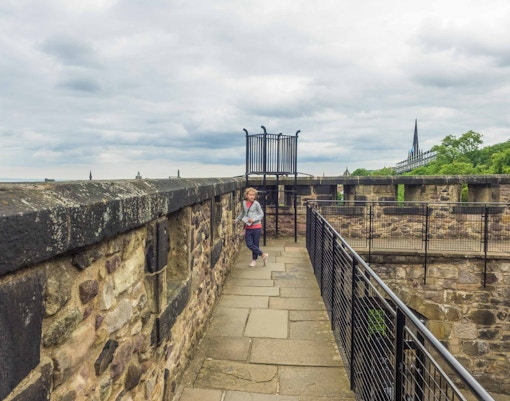
Imprisonments
Moreover, the castle served as more than a site of dark feasts; it also became a place of captivity. In 1482 CE, James III of Scotland was imprisoned within its formidable confines, a pawn in the political machinations of disaffected nobles who sought to control the crown.
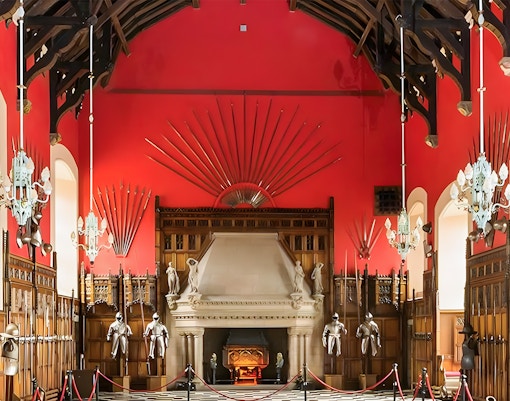
Architectural additions
Under the reign of James IV of Scotland around 1510 CE, the castle experienced a flourish of grandeur. James IV's visionary touch was exemplified by the construction of the Great Hall. This hall, a testament to the Renaissance spirit of the time, stood as a testament to the monarch's commitment to the castle's magnificence.
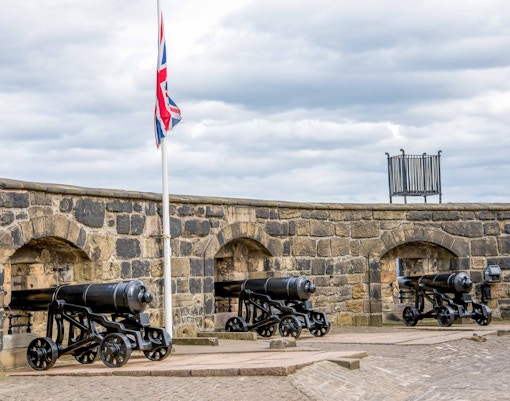
Changing demands
In the late 16th century, as the warfare landscape shifted, the castle adapted to the changing demands of the age. The Half Moon Battery, a formidable addition to the castle's defenses, was conceived. This robust bastion enhanced the castle's fortifications and showcased its resilience in the face of evolving military strategies.
